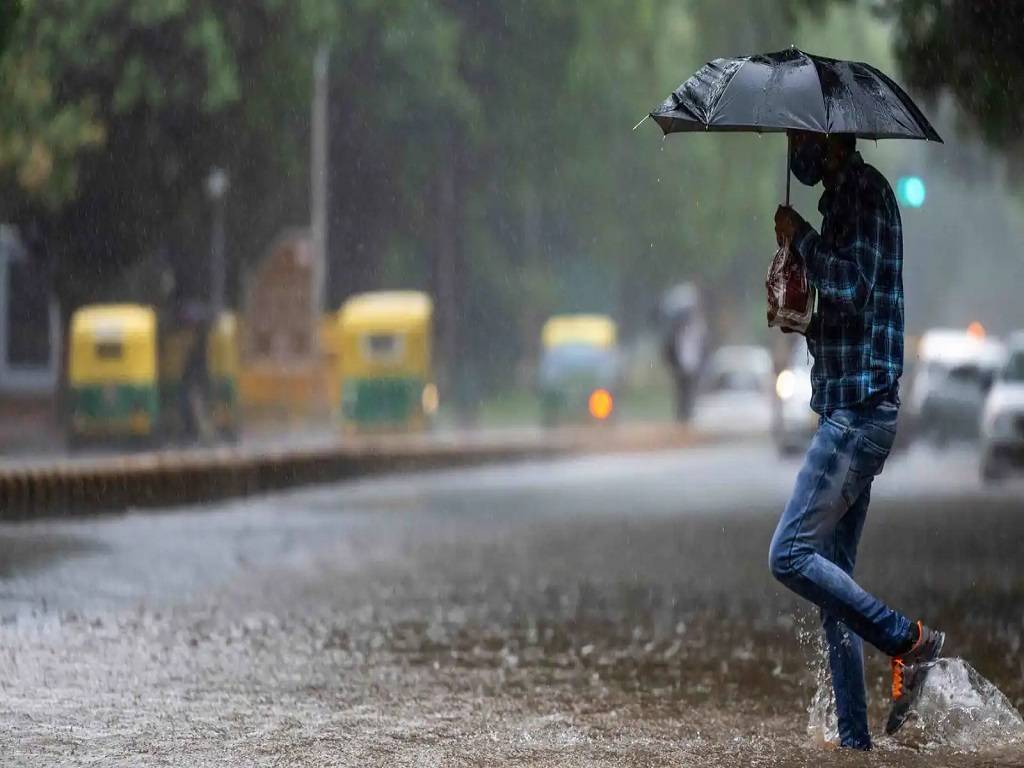
The National Capital Region (NCR) and surrounding areas may receive thunderstorms with mild to moderate rainfall during the next few hours, according to India Meteorological Department (IMD).
The next two hours will have thunderstorms with light to moderate rain over and near Chandpur, Modinagar, Jattari, Khair, Iglas, Raya, Hathras, Mathura, Tundla, Firozabad, and Shikohabad in Uttar Pradesh, as well as Rajgarh in Rajasthan.
"Over and adjacent parts of NCR (Loni Dehat, Hindon Air Force Station, Ghaziabad, Chhapraula, Noida, Dadri, Greater Noida) as well as Barwala, Hansi, Bhiwani, Charkhi Dadri, and Mahendargarh in Haryana, for the next two hours," it continued.
The southwest monsoon had covered the entire country on July 2, six days before the normal date of July 8. However, rainfall in West Bengal, Haryana, Punjab, Delhi, Uttar Pradesh, Bihar, and Jharkhand has remained moderate.
Rainfall Prediction in Delhi
Delhi is likely to see a cloudy sky with light to moderate rain today.
Rainfall is categorized by the IMD as "light" when it tallies 2.5 to 15.5 mm and "moderate" when it tallies 15.6 to 64.4 mm in a 24-hour period.
On Friday, it is predicted that the minimum temperature will be 25 degrees Celsius (°C) and the maximum temperature will be around 33°C.
Thursday's high and low temperatures were 33.1°C and 24.5°C, respectively.
On Friday morning, Delhi's air quality was considered to be moderate. According to information from the Central Pollution Control Board, the hourly air quality index (AQI) was 126 at 7 am. The 24-hour AQI average was 70 on Thursday.
An AQI of 0 to 50 is regarded as "good," 51 to 100 as "satisfactory," 101 to 200 as "moderate," 201 to 300 as "poor," 301 to 400 as "very poor," and 401 to 500 as "severe."
On Thursday, the government’s air quality monitoring center Safar said the air quality index or AQI indicates ‘lower end of satisfactory’ air quality. Over 2.5 micrometer-sized dust makes up around 56% of PM10. "Due to anticipated rain spells, peak wind gusts over the following three days (February 22, 23, and 24) are likely to be between 15 and 24 km/h, causing considerable dispersion. The mixing layer height (about 1.0 km) and temperature remain moderate, maintaining moderate ventilation.
















